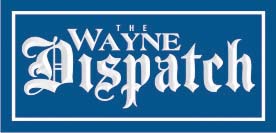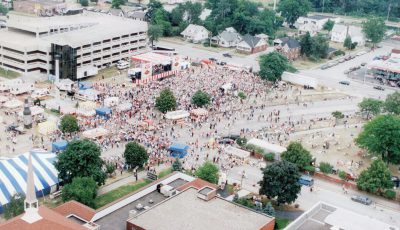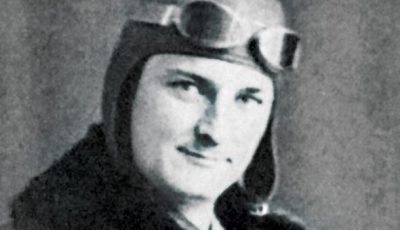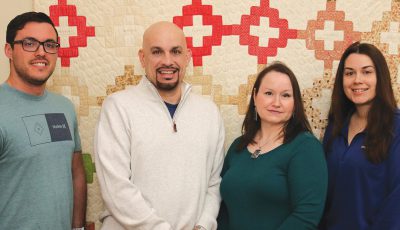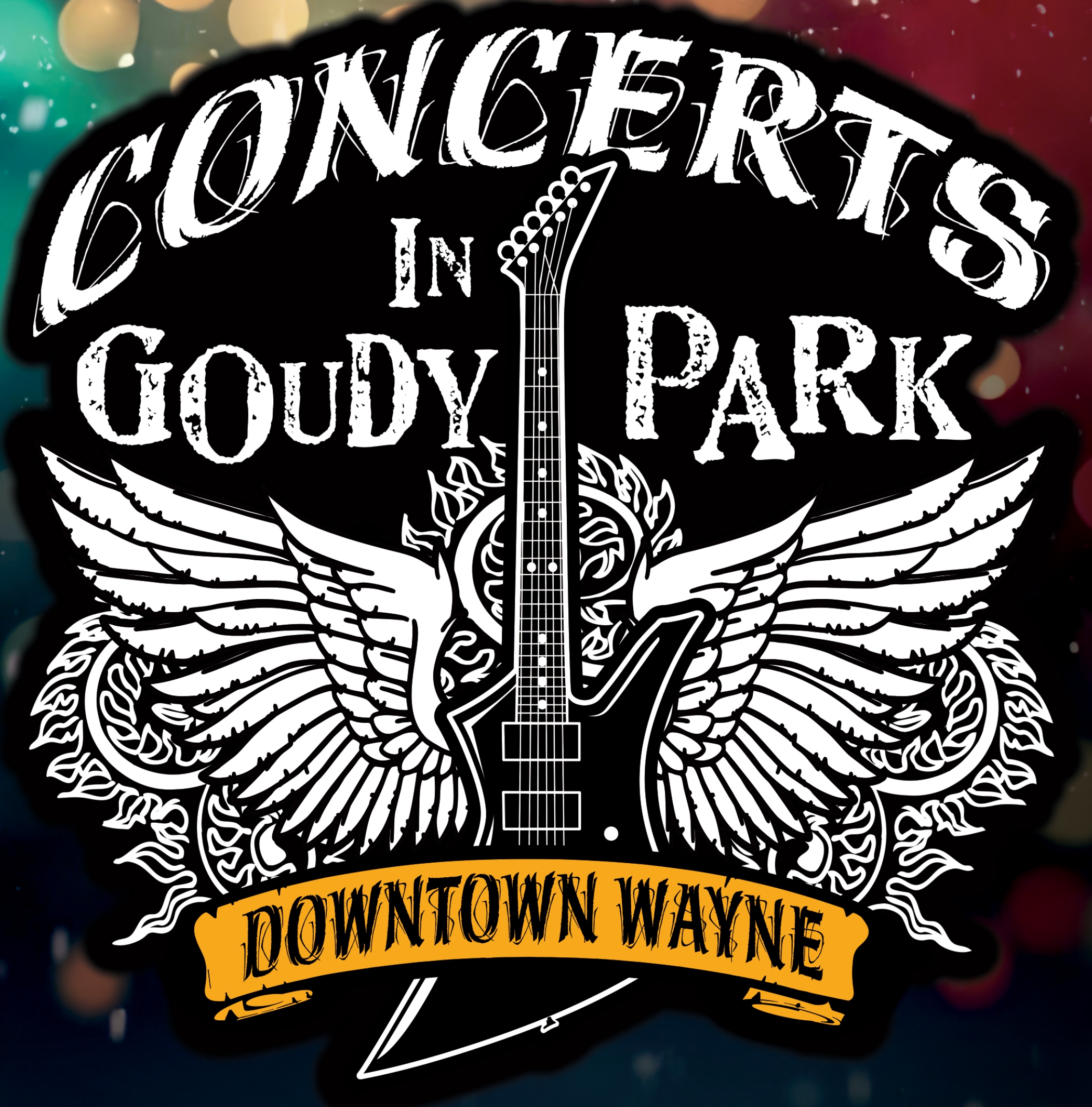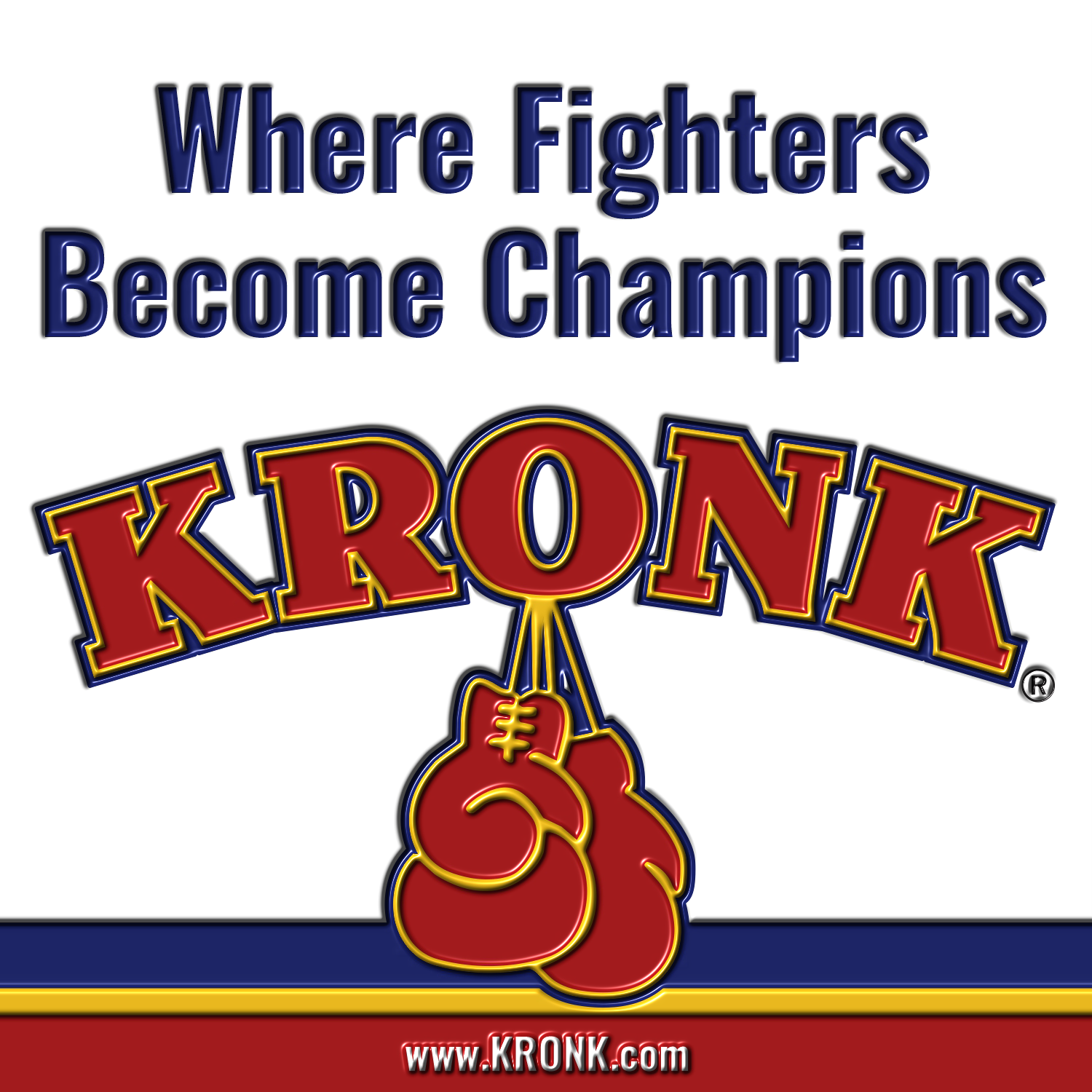Did you know?
 Did you know that Wayne used to be one of the largest Carriage and Sleigh makers in the US?
Did you know that Wayne used to be one of the largest Carriage and Sleigh makers in the US?
It all began in 1882 when local businessman John Steers wrote in his newspaper “The village presents a rather dull appearance, as farmers are engaged in haying and harvesting”. He pointed out that Wayne at the time was a small farming village, and there was no draw to “Bring people to town”. Around that time many people began to complain that there were no jobs outside of farming, and some were afraid that jobless youths would end up in saloons. In 1887 a citizens improvement committee of 10 people was set up to convince a company to move to Wayne and build a factory. The Prouty and Glass Carriage Company had been established in Detroit in 1881 and occupied a whole block on Randolph Street. It was a private company owned by Fayette Prouty and John Glass. While initially successful the factory on Randolph was far away from rail lines that were necessary to ship the carriages all over, hurting productivity.
The company was approached by the committee from Wayne in 1887, and were successfully swayed with the large amounts of open land and easy rail

Factory of Prouty & Glass Carriage Company at Wayne. Photo courtesy of The Wayne Historical Museum
access to ship their products. In 1888 they bought 3 acres along the railroad tracks just west of Elizabeth Street for $8,000 and built a new factory. The factory would initially employ about 50 men, ranging from woodworkers to painters to blacksmiths. In 1889 the move and new building had put the company in a lot of debt, so it had to go public and offer stock to survive.
Many local Wayne families and business owners bought the stock to keep the business going. After a few years the company had flourished and was employing over 150 men. It is noted that P&G buys and cuts their own lumber, bends and finishes its own wood, makes its own forgings and metal parts, and paints and upholsters its own carriages all in house. Work was 7 a.m. – 6 p.m. six days a week, and men would drop a token with a number on it into a box to record when they came to work. A few women did work on site in the bookkeeping, payroll and upholstery areas. Workers went on numerous trips to Boblo Island and Sugar Island, and the annual Carriage Makers Ball was the highlight of the winter season in town. There was also an employee brass band that played at town events and parades, and many P&G workers made up the volunteer fire department.
A large addition was built in 1895 increasing production, and their carriages were sold nationwide in the Sears Roebuck catalog. Over 60 different types of carriages and sleighs could be ordered, with custom colors and upholstery. Around 1910 the company experimented with the fad of bicycles, but never made many.
Competition from automobiles began to spell doom for Prouty and Glass. Allegedly Henry Ford approached P&G about buying the factory to make cars in, and the ownership gave him a rude and harsh NO. In 1915 all operations at the factory stopped due to low sales of carriages. In 1916 the land, buildings and equipment were sold for $40,000 to Harroun Motors, a car company.
Much of the original Prouty and Glass plant was incorporated into the new Harroun Plant, but a fire in the late 1920s burned down many of the original buildings. Part of the original brick 1888 2-story building survived however on Elizabeth Street into the 1990s, before it was torn down for a parking lot for trucks.
